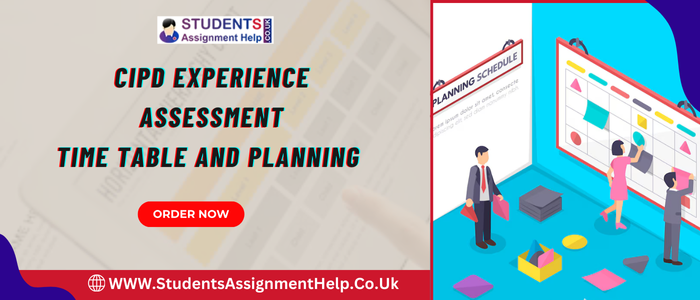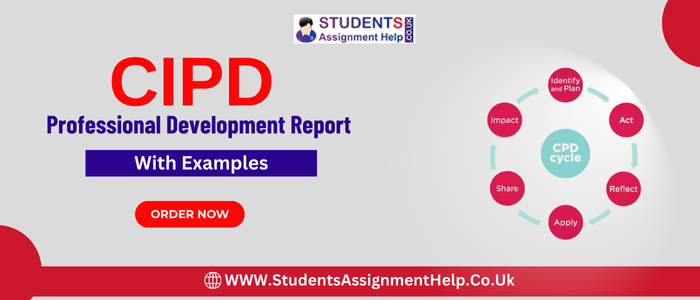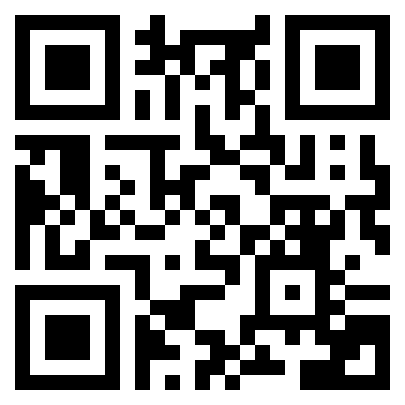How to Do Content Analysis in Qualitative Research?
As part of an academic work, most of the time, students are asked to do qualitative research. There are different methods to collect and study this type of data. One of the most common methods is content analysis. Most of the researchers think this is very useful. If you’re not sure what content analysis is or how to use it, then dont worry Our experts at student assignment help will explain everything—what content analysis means in qualitative research, its advantages and disadvantages, how it’s used, and how to do it. So, let’s get started and learn more!
What Is Content Analysis in Qualitative Research?
First of all, we’ll understand what content analysis is. It’s a method where the researcher studies content to understand a specific topic or issue. This content can be of different types, such as written, spoken, or visual.
For doing content analysis, first of all, you have to collect information and data from various resources such as newspapers, magazines, videos, speeches, photos, or written blogs. You can also use content analysis in qualitative research to quantify the occurrence and importance of certain texts and images. After this, you need to examine the information to understand the purpose, message, and effects or to find any results.
cta_essay_sample_1
What Are the Different Types of Content Analysis?
Content analysis in qualitative research is divided into two parts, that is, conceptual analysis and relational analysis. Below, we’ll give you a quick summary of both methods and explain why they’re important. But sometimes, when students find it hard to analyse data, they choose to pay for help with their assignments.
Conceptual Analysis | Relational Analysis |
| The first method, called conceptual analysis in qualitative research, explores the ideas and themes in texts or images. It also checks how often a certain idea appears. This makes it very useful when you want to understand how often and how consistently certain thoughts or views are repeated. | The second method is called relational analysis. It studies ideas just like conceptual analysis, but instead of focusing on one idea, the researcher looks at how two or more ideas are connected. This method is useful when one idea alone doesn’t give clear results. So, the researcher checks the link between different ideas to draw conclusions. |
Both types of content analysis look at ideas—conceptual analysis checks how often they appear, while relational analysis looks at how they are linked. Both methods work well, but before choosing one, the researcher should understand where each method is best used. Now, let’s move on and see how to do content analysis.
How to Conduct Content Analysis in Qualitative Research?
- Choose the Content: First, be clear about why you are doing content analysis. Then, choose the type of content you want to study based on your aim. It can be text, images, or spoken words. After that, focus on a specific source, such as an article, video, or audio recording.
- Define the Categories: The second thing you want to determine is what category of content analysis you will aim for. Here, you need to choose whether you will perform conceptual analysis or relational analysis. Accordingly, create a plan of action, such as how to measure frequencies or phrases.
- Set the Rules: Create clear rules to show how you will sort the content into categories. Explain what each category means, what should be included or left out, and how to handle anything unclear. Make sure these rules match your research goals to keep your analysis accurate.
- Start the Analysis: Use your coding rules to go through the content step by step. You can do this by hand or use software. To make it easier, split the content into smaller parts. As you go, write down your decisions, any patterns you see, and any useful insights that come up.
- Check Your Results: Make sure your analysis is correct and consistent by reviewing your coding choices. You can do this by comparing results with others or asking someone else to check your work. Getting feedback from peers or people involved in the study can help confirm your findings. This makes your content analysis more trustworthy.
cta_essay_sample_2
Now that you know the steps for doing content analysis, you should be able to complete your assignment more easily. Now, let’s look at the advantages and disadvantages of content analysis.
What Are the Advantages and Disadvantages of Content Analysis?
| Advantages | Disadvantages |
| Budget–friendly: Inductive and deductive content analysis are affordable methods. Researchers don’t need to spend money on travel, testing, or expensive equipment and lab tools. The analysis can be done anywhere and only requires people to carry out the work. | Time-Consuming: A common demerit of content analysis is that it takes a lot of time to go through the data. Whether the sample size is small or large, it takes a lot of time for the researcher to carefully interpret the information and obtain valid results. |
| Data Authenticity: The researchers use existing data, and thus, there is a low chance that the information can be changed over time. Also, they collected this data from online and offline platforms, which makes it more trustworthy. | Risk of Errors: The findings from content analysis rely on how the researcher sees and makes sense of the data. This means there’s a risk of errors or misunderstandings. Even after carefully analysing the texts or visuals, errors can still occur. |
| Ethical Method: As discussed above, this technique uses existing data. Therefore, it has fewer ethical issues than other qualitative research techniques. A content analysis example of an ethical issue is using information without the consent of the author or using any personal data of an organisation or individual. | Ignoring Context: Researchers using content analysis mostly focus on the direct meaning of texts, videos, or images. As a result, they might miss the situation in which the content was made. This can cause misunderstandings, especially when the text uses things such as metaphors or other creative language. |
cta_essay_sample_3
What Are the Applications of Content Analysis?
Content analysis can be used in various types of research or while testing ideas or theories. For a better understanding, we’ve put together a short list. So, take a look below and go through each point to learn how this method can be used.
- Textual Analysis
Content analysis can be used to analyse textual data. It can be anything, such as history books, legal books, policies, and archival records. It also focuses on group transcripts, surveys, social media posts, news articles, and written documents. With this, researchers can identify themes, patterns, and trends within the text.
- Media Analysis
This technique is very much used in social media research to analyse user-generated content on platforms such as Facebook, Twitter, Instagram, YouTube, and TikTok. So, researchers can study these social media conversations and trends and review the engagement to explore topics such as brand perception and more.
- Cross-Cultural Analysis
Content analysis can be used to compare and contrast content across different cultural contexts, languages, or regions. With this technique, researchers can explore cultural variations in attitudes, values, and communication patterns by analysing content from diverse cultural perspectives.
- Scientific Analysis
Content analysis is applied in health communication to review health-related messages, campaigns, and interventions. Researchers can use content analysis to check how well health messages work, spot differences in health between groups, and understand people’s health beliefs and behaviours in different communities.
Get Expert Assistance Now To Excel In Your Academics!
If you find content analysis challenging, at Student Assignments Help, you can always ask an expert for help or get support from a research paper writing service. These are just a few examples of how this method can be used in different areas.
It is because this method can be used anywhere to examine written, visual, and oral content in fields ranging from science, arts, history, law, politics, and more. Still, if you face any issues, our experts are always ready to assist you.
cta_essay_sample_1
If you want to get top assistance from PhD experts, get help with your content analysis now and unlock all the benefits provided by us at such affordable prices, and boost your chances of being successful in your academics. Our team is available 24/7 to provide you with the best assistance.
















